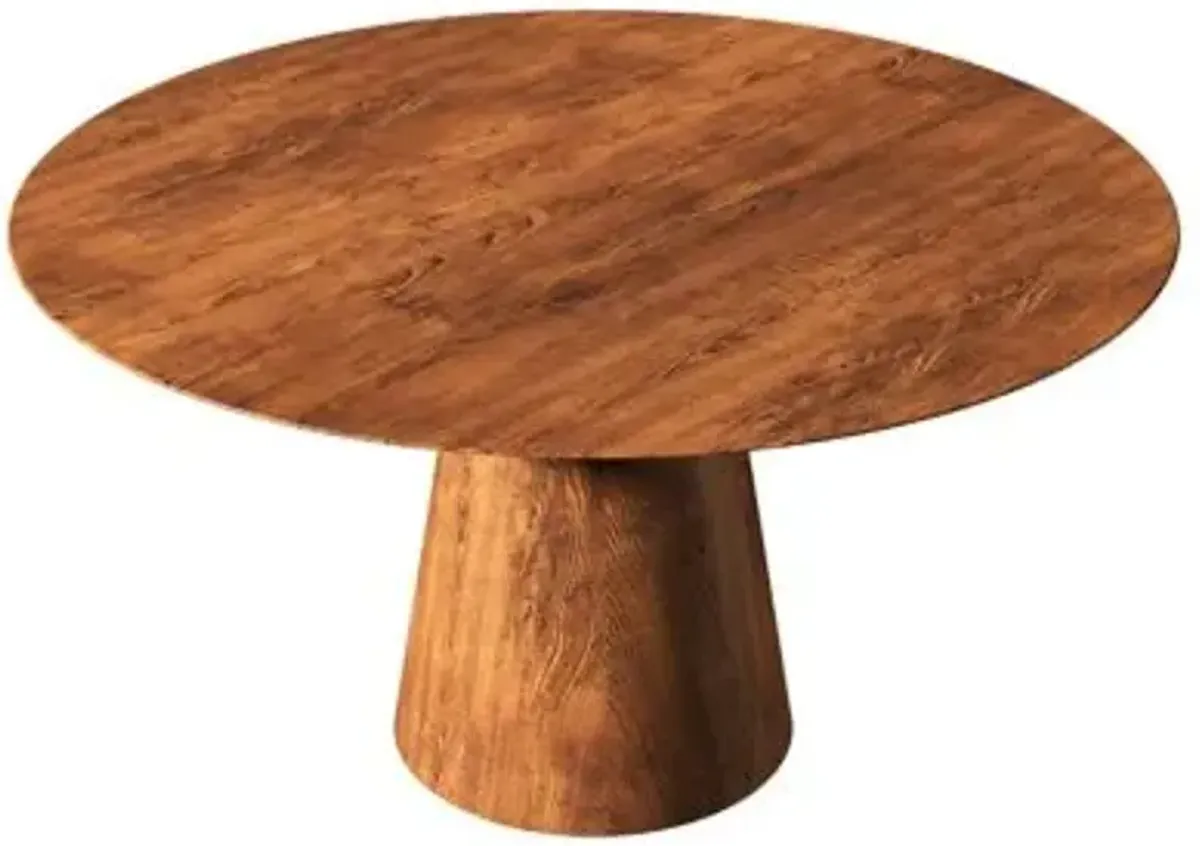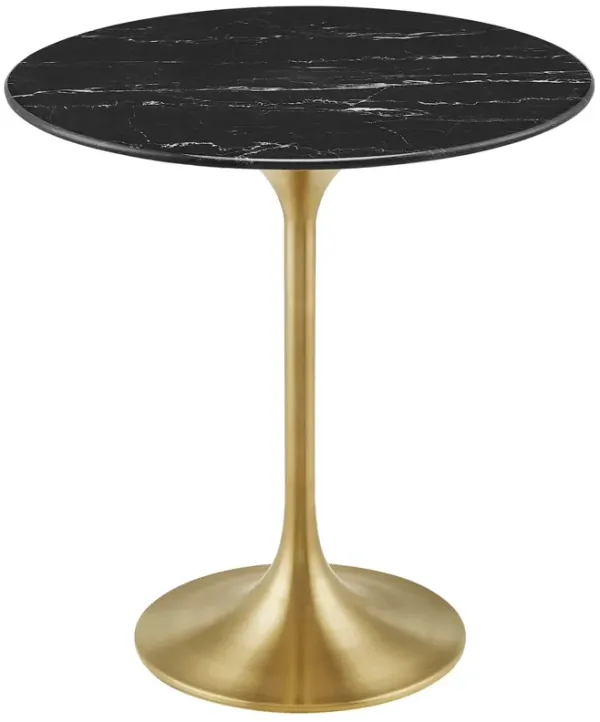You're on the list
By signing up, you agree to receive email marketing.
























Used for centuries, the common table has evolved over time to accommodate our ever-changing needs and aesthetic preferences. The desk became a popular offshoot to complete task-based projects. There are endless uses for these surfaces—they are the focal points in our dining rooms, the practical accents in our living rooms, and they are the hub for doing our most productive work. If you’re looking for desk and table inspiration, read our complete guide below.
It may seem peculiar to have different names for these surfaces, but there are a few nuances between the two styles. Tables are often crafted with the simplistic function of providing a surface area, versus providing extra storage in the form of extra shelves or drawers. Desks are workspaces that are typically designed for one person. They can be found with added shelving or drawers to keep files and office supplies organized.
Don’t let the technicalities of the definitions get in your way — there are no hard and fast rules! Feel free to use both styles interchangeably to fit your needs and your home aesthetic.
Help narrow your focus by asking yourself the following questions prior to buying.
Tables and desks come in all shapes and sizes, but some table types are more suited to certain activities:
Dining: These should be sturdy, with ample space for seating and serving. Wood and glass are typical materials for dining tables, but you can also find them in metal and steel. Depending on your room's dimensions, dining tables can be rectangular, oval, or round. Other details to pay attention to are the table's weight and whether you can fit chairs with armrests underneath them.
Work: Laminated wood and metal provide durable surfaces perfect for a work desk. Other features to look for are storage options such as shelves and drawers and how much space there is for a work chair. It's also important to account for space where your computer or any other work accessories would go.
Hobbies: Different hobbies call for different tables. For example, if you want a table to play chess on, opt for something shorter and sturdy. For arts and crafts or a hobby such as model-building, a table with a resilient surface and lots of storage options makes sense.
Foldable, extendable, convertible wall-mounted, and drop-leaf tables are all terrific options for small spaces. You can quickly get them out of the way, allowing you to have multiple uses for the same space. Bistro and standing tables are other alternatives that are well suited to a small space. Whether you're furnishing a small bedroom or designing a small office, there's a table size that will suit your space without cluttering it.
While many interior design themes feature matching sets, tables and chairs don't need to match perfectly. That said, you still want your dining table and chairs to complement each other stylistically and proportionally. For example, don't choose chairs that are noticeably different in height or in widely different colors and materials that don't blend well together. These can throw off the design harmony. Nevertheless, mixing and matching can certainly add style and character if there's a common thread, such as material or shade, to create uniformity between all the pieces.
You're on the list
By signing up, you agree to receive email marketing.